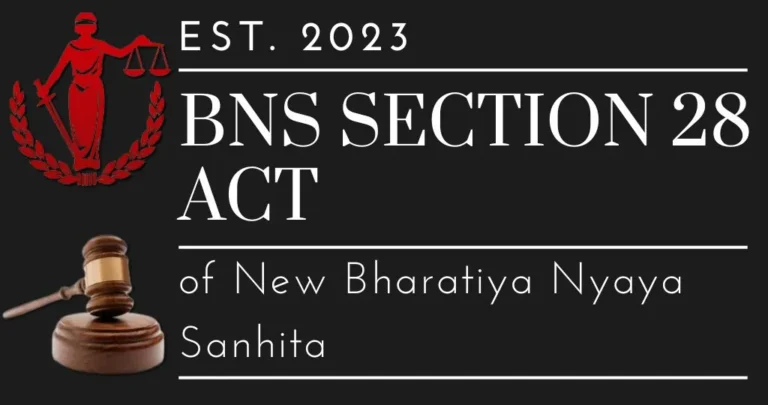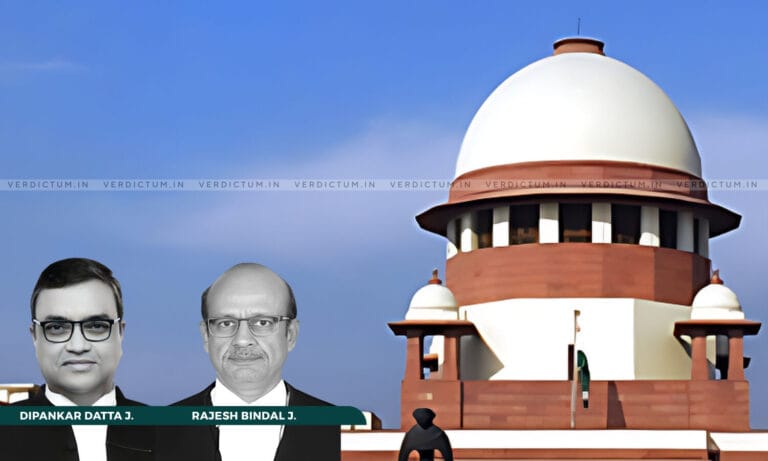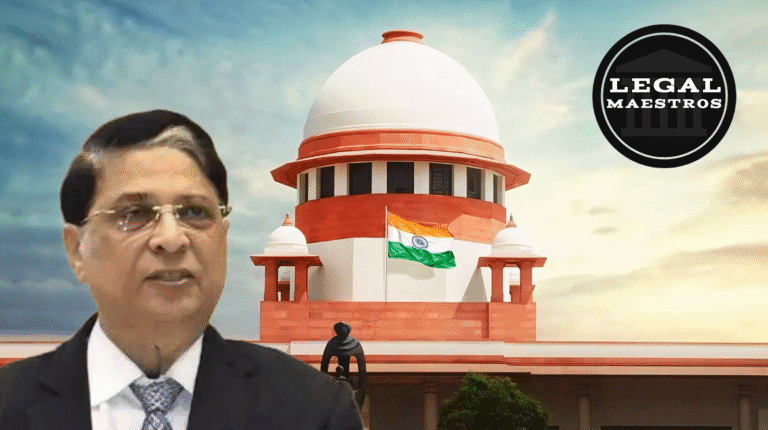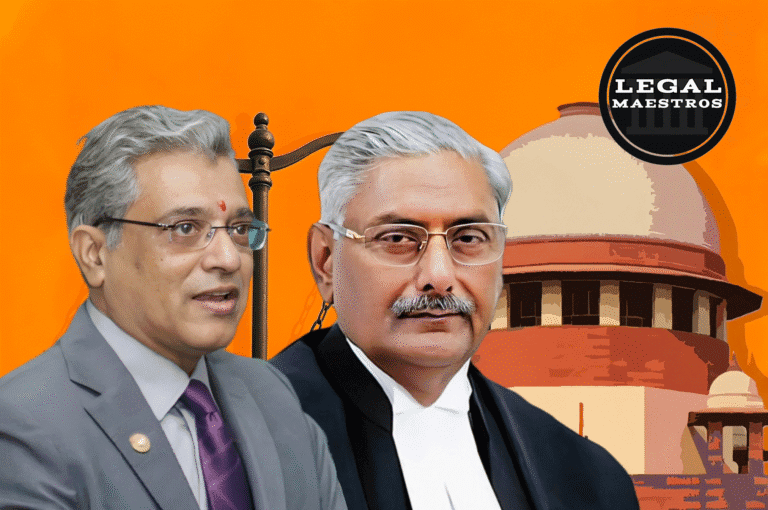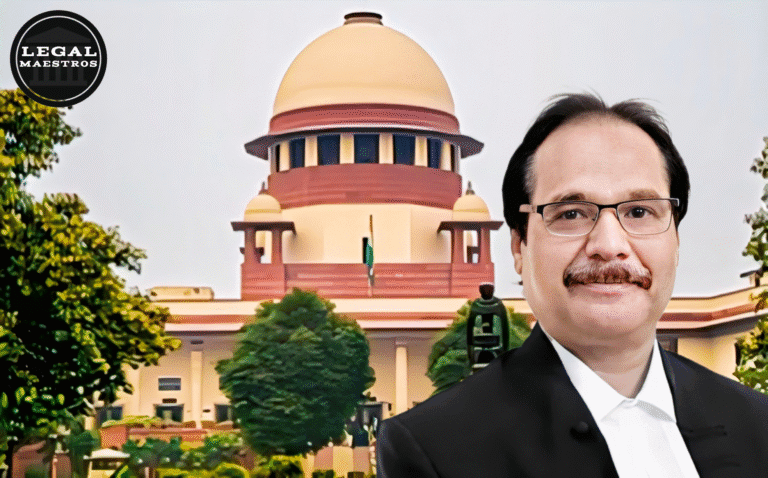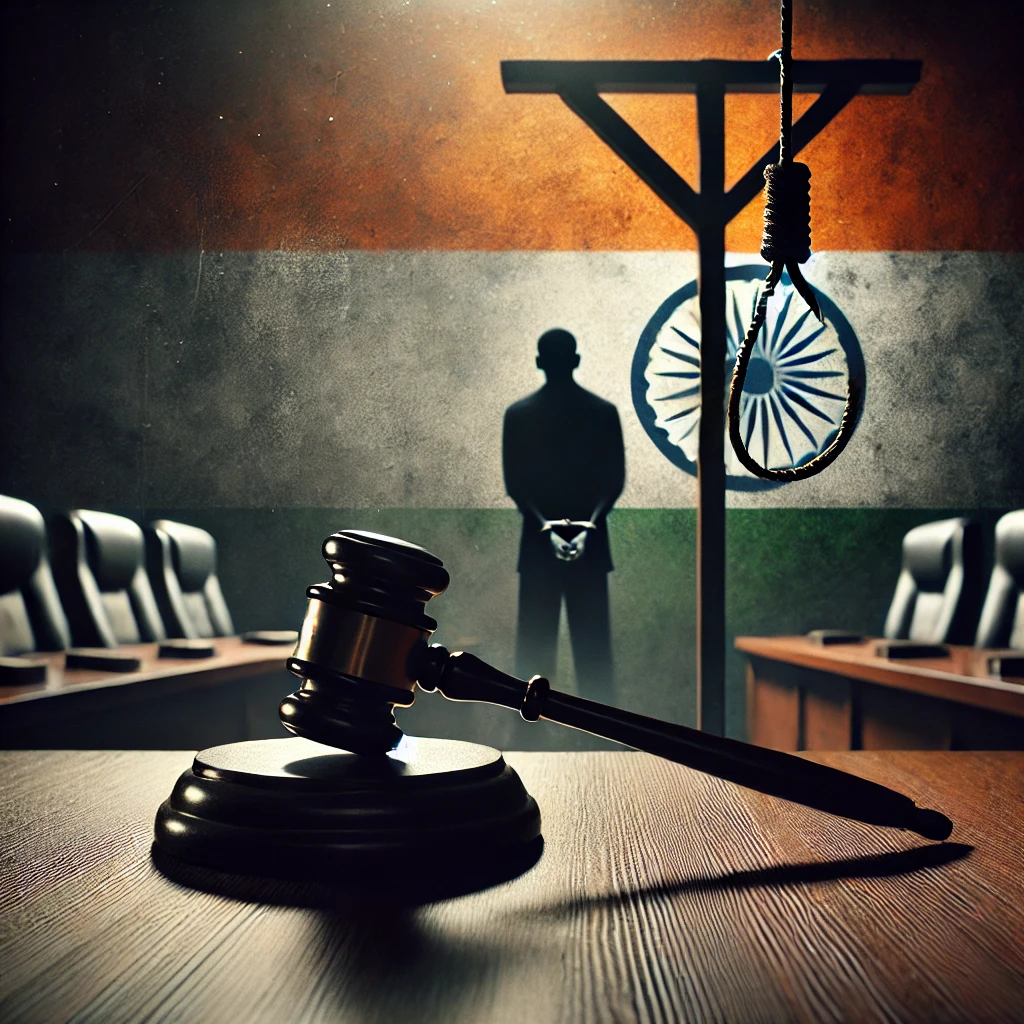
The Legal and Constitutional Framework of the Death Penalty in India
**Historical Background**
Under the IPC of 1860, the death penalty was awarded for various offenses, but murder was the main one. In the Code of Criminal Procedure, 1898, the judges, while awarding life sentence instead of the death sentence, were supposed to give “special reasons”. This was an indirect sign that the legislature still preferred the capital punishment. The CrPC was, however, repealed in 1973, with considerable amendments. Section 354(3) of the new CrPC mandatorily required the “special reasons” for a death sentence to make life imprisonment the rule rather than an exception. This change emphasized a trend towards more judicious use of the death penalty.
For More Updates & Regular Notes Join Our Whats App Group (https://chat.whatsapp.com/DkucckgAEJbCtXwXr2yIt0) and Telegram Group ( https://t.me/legalmaestroeducators ) contact@legalmaestros.com.
**Judicial Review and Constitutional Validity**
The very validity of capital punishment under the Indian Constitution has been questioned several times. An important case in this connection is *Bachan Singh v. State of Punjab* (1980). In that case, the Supreme Court, though validating the doctrine of capital punishment, laid down the “rarest of rare” doctrine which means that death sentence may be given only in exceptional cases where the other course is manifestly foreclosed. The Court insisted that the crime as well as the criminal must be looked at together with aggravating and mitigating circumstances. Such aggravating factors as age, insanity, or likelihood of rehabilitation are examples of mitigating circumstances.
In *Mithu v. State of Punjab* (1983), the Supreme Court declared Section 303 of the IPC, which prescribed the death penalty for murderers who were under a sentence of imprisonment for life, to be unconstitutional. It held that such a provision violated Articles 14 and 21 of the Constitution because it deprived the judiciary of discretion in the matter of awarding the punishment and did not permit the court to take into consideration mitigating circumstances.
**Sentencing Framework and Subsequent Developments**
The “rarest of rare” doctrine established in *Bachan Singh* has been the bedrock of India’s death penalty jurisprudence. Yet, it has sometimes been applied erratically. In *Ravji v. State of Rajasthan* (1995), the Supreme Court stressed that it is the nature and gravity of the crime and not the criminal that should dominate the sentencing consideration. This was subsequently held to be per incuriam in *Santosh Kumar Satishbhushan Bariyar v. State of Maharashtra* (2009), wherein the Court reiterated that both the crime and the criminal must be weighed, in line with the principles laid down in *Bachan Singh*.
In addition, in *Sangeet v. State of Haryana* (2012), the Supreme Court criticized inconsistent application of the “rarest of rare” doctrine. The Court observed: “The endeavor to strike a balance sheet of aggravating and mitigating circumstances has displaced ‘principled sentencing’ by a more judge-centric approach.
**Recent Legislative Reforms**
Over the last few years, India has implemented landmark reforms in its criminal justice system. In 2024, the government replaced the Indian Penal Code of 1860, the Code of Criminal Procedure of 1973, and the Indian Evidence Act of 1872 with new legislation. Among the notable changes is the imposition of the death penalty for severe crimes such as gang rape of minors and mob lynching. While these amendments will try to modernize the legal system and deliver quick justice, it also creates debate for potential burden in the judicial and extension of powers for police forces. ([reuters.com](https://www.reuters.com/world/india/some-key-provisions-indias-new-criminal-laws-2024-07-08/?utm_source=chatgpt.com))
**Method of Execution
The method in India is through hanging, in accordance with the provision of Section 354(5) CrPC, when it states: “he shall be hanged by the neck till he is dead.” And the courts, through various rulings, have decided that this very method is the constitutionally viable mode of executing a person.
As of the latest available data, there are around 539 death row prisoners in India. The most recently executed people were those convicted in the 2012 Delhi gang rape and murder case, who were hanged in March 2020. This case attracted much public attention and rejuvenated debates over the merits and morality of the death penalty.
**Debates and Perspectives
The death penalty continues to be an issue of contention in India. Advocates support the argument that it acts as a deterrent for serious crimes and metes out justice to the victims. According to them, some crimes are so heinous that capital punishment is the only response.
Opponents, however, raise concerns about the irreversible nature of the death penalty, especially in a justice system that is not infallible. They highlight instances where individuals have been wrongfully convicted, only to be exonerated years later. Human rights activists also argue that the death penalty violates the fundamental right to life and is often applied in a manner that disproportionately affects marginalized communities.
Even the great minds in the law have spoken about the issue. For example, Justice P.N. Bhagwati of India, who was dissenting in *Bachan Singh*, held that the death penalty is unconstitutional: it may not be infallible and hence judicial error; capital punishment would be arbitrary as it depends upon the whim of the sentencing judges.
**Conclusion**
The Indian legal and constitutional framework of death penalty reflects the balance between demands of justice and the principles of individual rights. Though the judiciary has framed guidelines under which capital punishment will be accorded only to the “rarest of rare” cases, ensuring consistency and fairness in application still remains a challenge. Evolution of the legal system in India would continue and with it would be the debate on the role of the death penalty in the quest for justice and equality in society.
